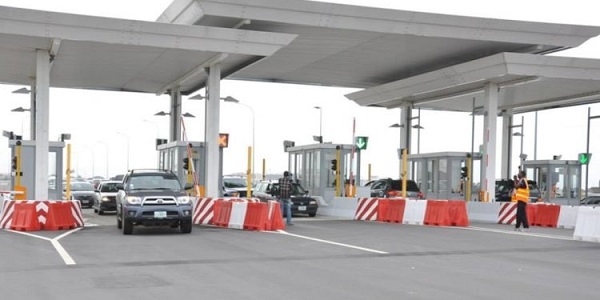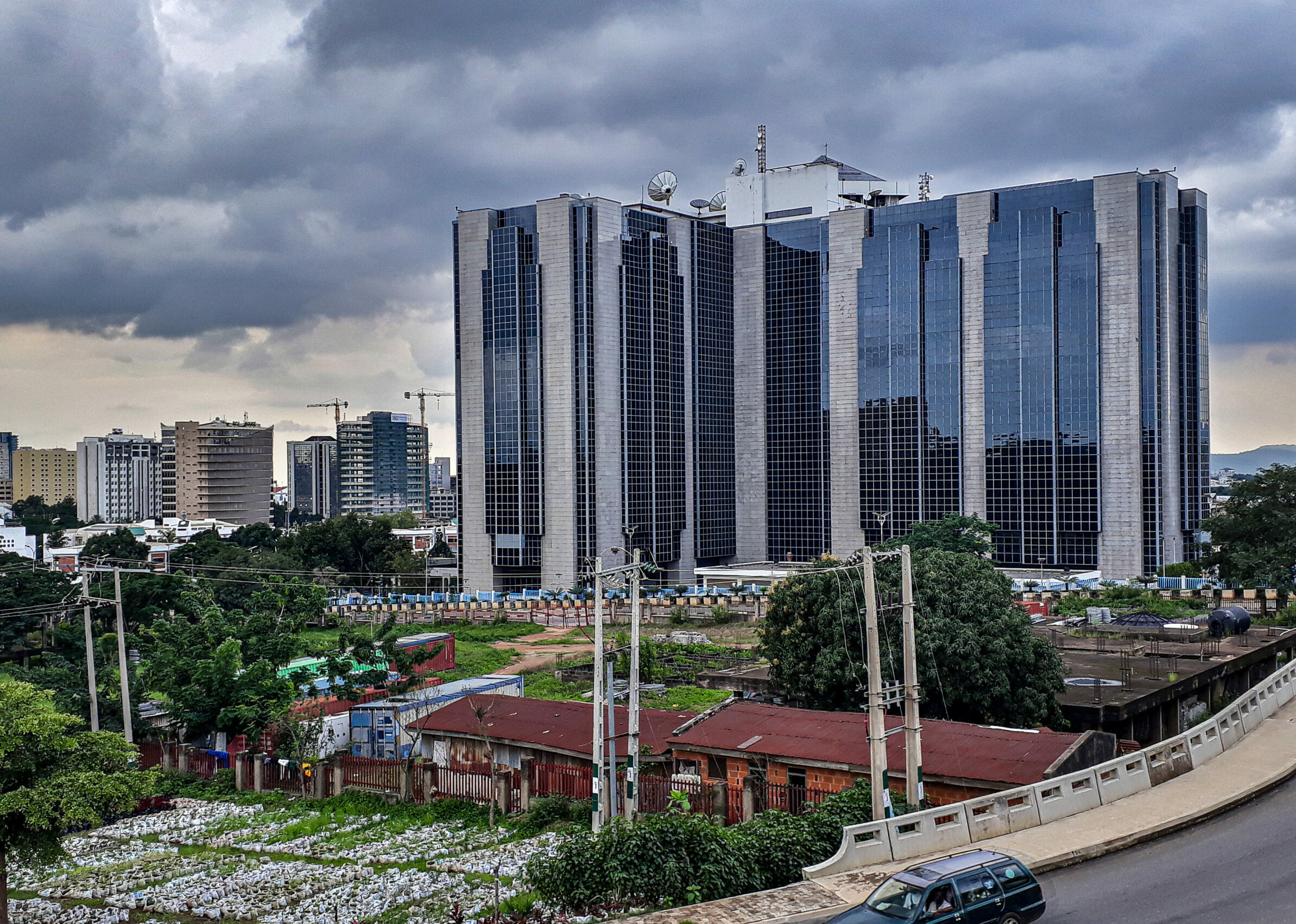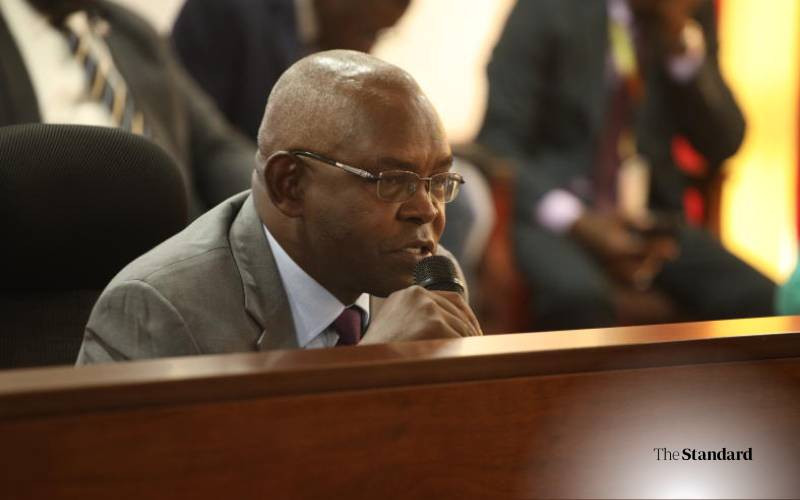Kenyan Shilling Stability: A Gateway to Emerging Market Opportunities in 2025
In a world increasingly defined by currency volatility and geopolitical uncertainty, the Kenyan shilling (KES) has emerged as an unexpected beacon of stability. With the U.S. dollar (USD) demand subdued and exchange rate fluctuations minimal, Kenya’s currency resilience is reshaping the investment landscape. For global investors seeking high-conviction opportunities in emerging markets, this is a pivotal moment to act.
LSEG’s real-time data paints a compelling picture: the KES/USD rate has hovered between since early May 2025, with daily fluctuations measured in mere basis points. This stability contrasts sharply with the turbulence seen in other African markets, where inflationary pressures and fiscal imbalances have eroded local currencies. Kenya’s shilling, however, has defied expectations.
The Central Bank of Kenya (CBK) has played a critical role. By maintaining a market-driven exchange rate while selectively intervening to smooth volatility, the CBK has preserved confidence. Reduced importer demand for dollars—driven by improved forex reserves and a shift toward domestic production—has further alleviated downward pressure on the shilling. As of early 2025, Kenya’s forex reserves stood at , a 4.7-month import cover buffer, shielding the economy from external shocks.
The London Stock Exchange Group’s Rewiring Global Trade for Resilience and Growth report underscores a broader trend: emerging markets are redefining their roles in a fractured global trade system. Rising tariffs, supply chain shifts, and China’s economic slowdown are forcing countries to pivot. Kenya’s stable currency, combined with its strategic East African position, positions it to capitalize on this realignment.
Consider the implications for . A steady shilling reduces hedging costs for exporters, particularly in high-margin sectors like coffee, tea, and horticulture. Kenya’s Q3 2024 export growth of 6%—driven by a 26.8% surge in coffee shipments—demonstrates the potential. Investors should target firms in the agri-commodity value chain, where currency stability enhances profit margins.
Tourism, a sector that contributes 7% of Kenya’s GDP, is another beneficiary. A stable shilling makes Kenya an attractive destination for dollar-based tourists, who no longer face the risk of sudden currency depreciation eroding their spending power. With global travel demand rebounding post-pandemic, Nairobi’s hospitality and aviation sectors are primed for growth.
Local equities, meanwhile, are gaining traction. The Nairobi Securities Exchange (NSE) has seen a 12% year-to-date surge in 2025, fueled by investor confidence in Kenya’s macroeconomic stability. Tech-driven firms like Safaricom (Kenya’s telecom giant) and I&M Bank (a regional financial services leader) are outperforming peers, reflecting the market’s appetite for innovation.

1. : Focus on agri-commodity producers and logistics firms. For example, Kenya’s horticulture exports rose 3.1% in Q3 2024, supported by steady KES pricing.
2. : Invest in hospitality REITs and aviation stocks. Kenya Airways’ recent fleet modernization and KQ’s regional expansion highlight sectoral momentum.
3. : Prioritize firms with pricing power and digital transformation. Safaricom’s M-Pesa ecosystem and I&M Bank’s fintech partnerships exemplify scalable models.
While Kenya’s currency stability is a tailwind, risks persist. A potential U.S. tariff hike on Kenyan exports could disrupt trade flows, though the CBK’s analysis suggests the impact would be minimal. Additionally, public debt remains elevated at KES 10.8 trillion, requiring fiscal discipline to sustain confidence.
For investors, the calculus is clear: Kenya’s shilling stability is not a fleeting anomaly but a structural advantage. As global trade shifts toward regional hubs, Kenya’s strategic location, resilient currency, and policy framework make it a compelling destination.
Act Now, Before the Window Closes
The shilling’s stability has already attracted foreign direct investment (FDI) inflows of $4.96 billion in 2024, a 16.6% increase. With LSEG forecasting continued forex inflows and the CBK maintaining its easing bias, the window to capitalize is narrowing.
Positioning capital in Kenya’s export, tourism, and equity sectors is not just a bet on a stable currency—it’s a bet on a market redefining its role in a post-pandemic, protectionist world. For those who act decisively, the rewards could be transformative.










